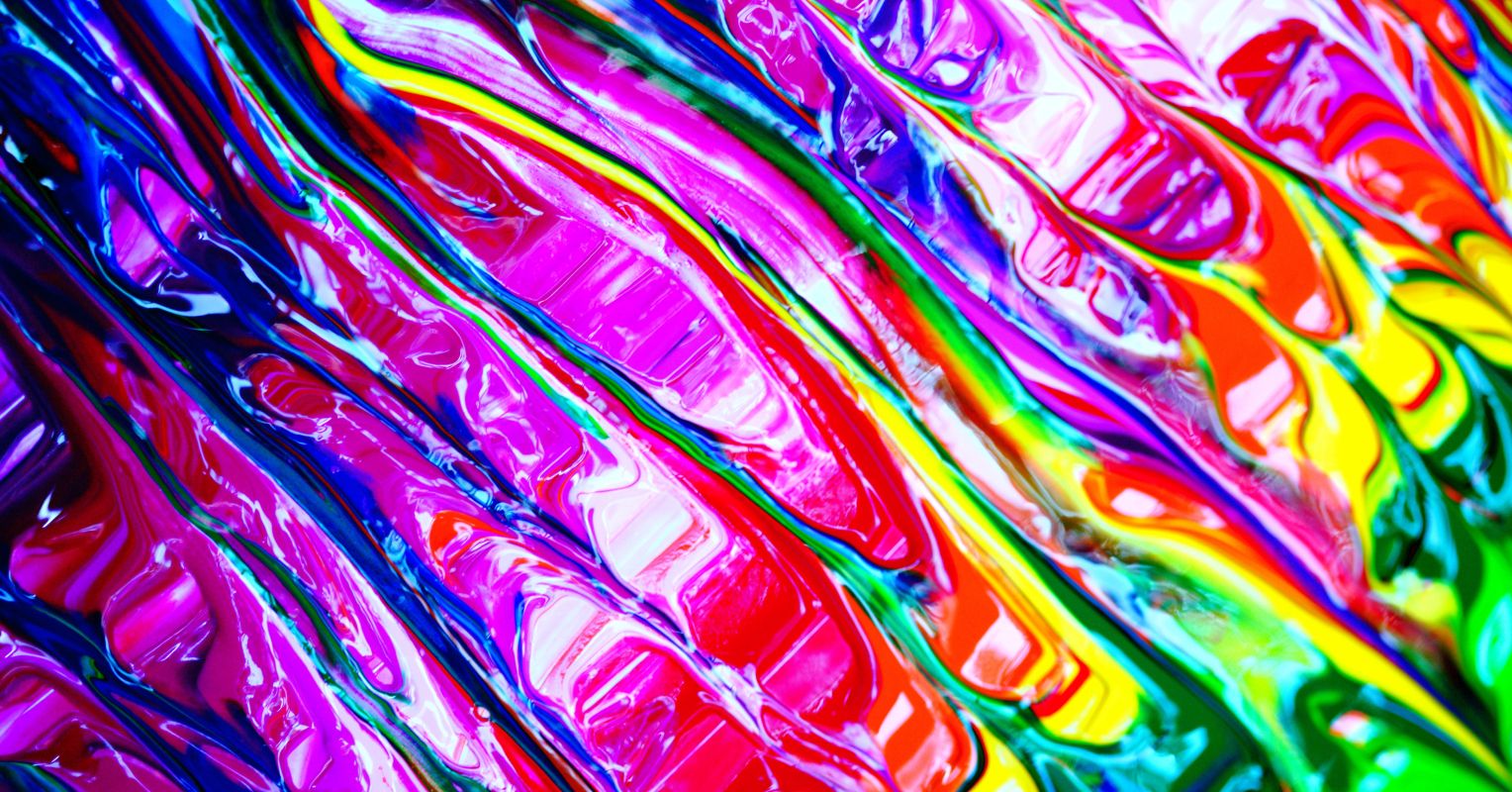Acid Trips in the Madhouse

As a young graduate student at Stanford University, aspiring novelist Ken Kesey heard that the nearby VA hospital was looking for test subjects. For an impressive $75 per day, volunteers would lie back in hospital beds and be monitored closely by medical personnel as they were administered hallucinogens, including LSD.
First developed in the 1940s, LSD (lysergic acid diethylamide) was a powerful, if not completely understood, mind-altering drug. When Kesey was given LSD, it was the subject of numerous ongoing tests. It was also perfectly legal. What was unclear to Kesey was that the CIA was secretly funding the VA experiments.
As part of what would later be recognized as the top-secret MK-Ultra program, the CIA wanted to get an edge on Soviet intelligence by experimenting with different mind-altering substances. Concerns about Communist “brainwashing” inspired the CIA to see if we couldn’t compete with our own mind-control techniques. By the time MK-Ultra was finally exposed by a Senate commission in the 1970s, it was quite clear that LSD was no miracle drug but was in fact unpredictable and sometimes dangerous. However, acid (as LSD was nicknamed) did help inspire creatives like Kesey.
After experiencing “beautiful” sensations under the influence of acid at the VA, Kesey became an enthusiastic proponent of it. He got a job at the VA’s psych ward as a night attendant, in part to gain easier access to the drug. Here he found more LSD, and took it, even while working, using the wild images in his brain to fuel his new novel. In a ward office, he feverishly typed a story about an isolated mental hospital and the battle between good and evil that took place there. He titled it One Flew Over the Cuckoo’s Nest.
The main character in the book was a massive Native American named Chief Bromden, a figure directly inspired by Kesey’s acid trips. Through Bromden and LSD, Kesey felt that he understood what “madness” was really like.
Kesey was not alone in his belief in LSD’s magical power. A young Harvard professor named Timothy Leary was administering LSD to himself and his students in an effort to alter their “consciousness.” He even suggested to government officials that they put LSD in the nation’s water supply to enlighten everyone.
Renegade psychiatrist R.D. Liang was another proponent of acid tripping. He rose to fame by tipping the boat of mental health conformity, arguing that insanity was “a perfectly rational response to an insane world.” At his experimental asylum, Kingsley Hall, in London, he dosed patients with acid in an effort to break them free from their troubles. He believed, as he wrote in a 1967 book, that psychosis is “a psychedelic voyage of discovery in which the boundaries of perception were widened, and consciousness expanded.” LSD was a means of getting troubled people through their voyage.
Kesey, Leary, and Liang were outliers. As early as 1962, the American Medical Association warned that LSD was dangerous and could lead to psychotic episodes. Congress investigated the drug, and Life magazine published a spread showing a teenager writhing from a “bad trip.” In 1966, California criminalized LSD. But that didn’t stop the young and rebellious from “tripping.”
Ultimately, LSD would go out of fashion, plagued by bad press and punitive laws. At its height, though, it seemed to be a key to a better reality, and Kesey was among its prophets. In a repurposed school bus that he christened “Further,” Kesey and his “Merry Pranksters” drove across the country introducing the youth to the wonders of LSD. In events called “acid tests,” groups would listen to music, dance, perform, and drop acid together. Reporter Tom Wolfe captured the magic and mayhem in his celebrated book The Electric Kool-Aid Acid Test.
LSD did not prove to be the answer to the world’s problems. It could result in terrifying “bad trips” and later “flashbacks” that would plague some people for years. But before he finally denounced LSD, Kesey had hoped it would help “stop the coming end of the world.”
Despite its demise in popularity, one thing we can say for certain about LSD: If it was no key to understanding madness or solving world problems, it was an essential part of counterculture in the ’60s. Its influence on American culture was a lasting, if incomplete, trip.
This article has been archived for your research. The original version from Psychology Today can be found here.


